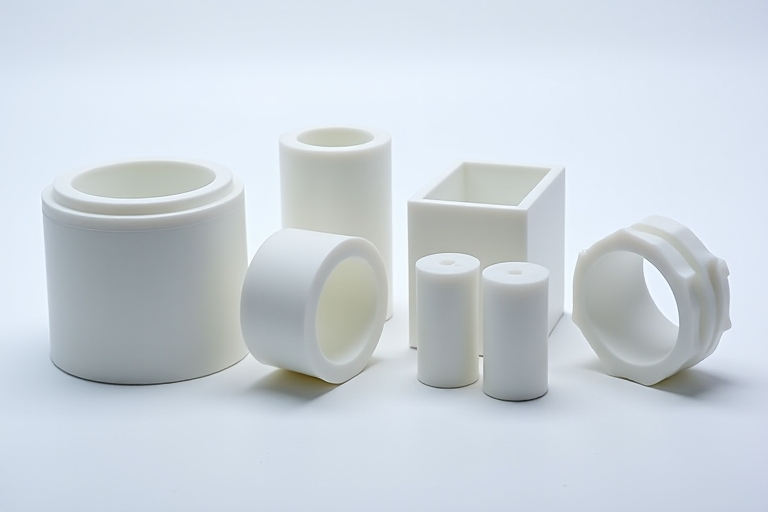Jul 08 , 2023
PTFE (Polytetrafluoroethylene) molded tubes are widely used in various industries for their exceptional properties and versatility. These tubes, made from PTFE resin, offer excellent chemical resistance, high thermal stability, and low friction coefficient. In this article, we will delve into the process of manufacturing PTFE molded tubes, exploring the steps involved and the unique characteristics they possess.

The process of creating PTFE molded tubes begins with high-quality PTFE resin. The resin is carefully selected to ensure optimal performance and consistency in the final product. PTFE resin is a white, waxy solid that possesses unique properties, such as its nonstick nature and resistance to heat and chemicals.
Once the resin is obtained, it undergoes a preparation phase before the actual molding process. This involves blending the resin with specialized additives, such as lubricants and fillers, to enhance its properties and facilitate the molding process. The mixture is then compressed and extruded into billets or rods, which will be further processed to create the PTFE molded tubes.
The next step in the process is compression molding. The PTFE resin billets or rods are placed into a mold cavity that is designed to give the desired shape of the tube. The mold is then subjected to high pressure and temperature, causing the resin to flow and conform to the shape of the mold. This compression molding process ensures the formation of precise and consistent PTFE molded tubes.
After the compression molding, the PTFE tube goes through a sintering process. Sintering involves subjecting the molded tubes to high temperatures, typically around 380-420 degrees Celsius (716-788 degrees Fahrenheit). During sintering, the PTFE resin particles fuse together, resulting in a solid and homogenous structure. This process enhances the mechanical strength and stability of the tubes.
During the sintering process, any residual additives or lubricants evaporate, leaving behind pure PTFE material. This purity contributes to the exceptional chemical resistance and non-contaminating properties of PTFE molded tubes, making them suitable for critical applications in industries such as pharmaceuticals and food processing.
Once the sintering process is complete, the PTFE molded tube undergoes machining and finishing processes to achieve the desired dimensions and surface characteristics. This step involves precision cutting, grinding, and polishing to ensure the tubes meet the required specifications.
Machining PTFE can be challenging due to its low coefficient of friction, but specialized tools and techniques are employed to achieve precise cuts and smooth surfaces. The final result is a PTFE molded tube with accurate dimensions and a smooth, nonstick surface.
The process of creating PTFE molded tubes involves a series of steps, starting from selecting high-quality PTFE resin to compression molding, sintering, and finishing. Each step plays a crucial role in ensuring the final product's exceptional properties, including chemical resistance, thermal stability, and low friction coefficient.
PTFE molded tubes find extensive applications in industries such as chemical processing, automotive, electronics, and medical. They serve as reliable conduits for corrosive fluids, insulating sleeves for electrical components, and protective covers for sensitive equipment. The unique characteristics of PTFE molded tubes make them an indispensable component in various technological advancements.